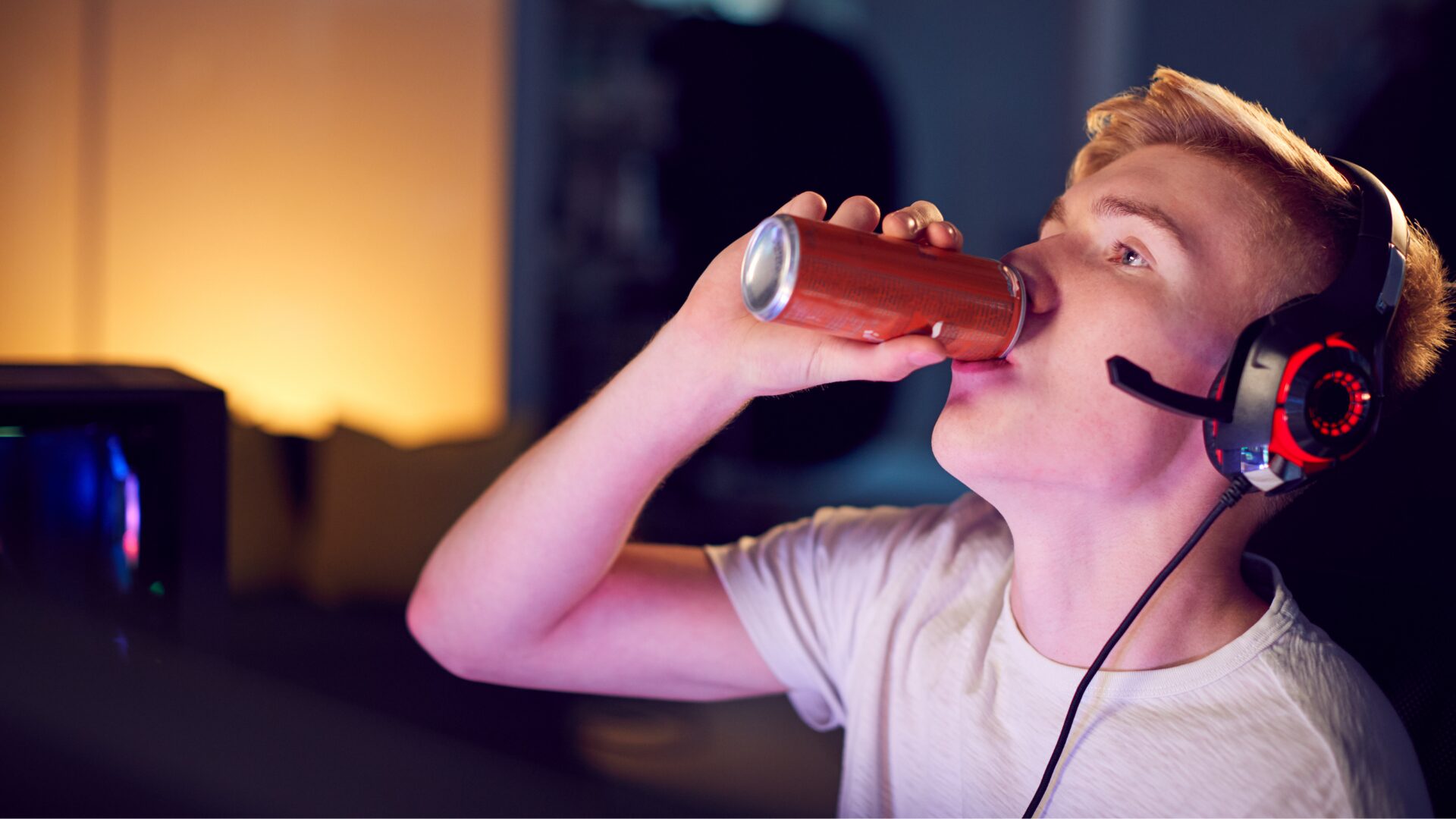A recent study published in JAMA Health Forum revealed women are suffering from alcoholism and its damaging effects at an increasing rate.
Blame it on stress caused by both the pandemic and workplace issues along with a culture that thinks it’s funny to see tipsy women, experts told The Food Institute.
The study looked at whether the pandemic was associated with increased rates of high-acuity alcohol-related complications, examining insurance claims to track incidents from 2017 through 2021 among females at least 15 years of age.
The study noted that in the past decade, the number of women 35-50 downing five or more drinks in a row grew twice as quickly as men.
“Unlike men, women had considerably more heavy drinking days … in 2020 compared with 2019. Thus, longer-term increases in alcohol consumption might have increased the risk of ALD [alcoholic liver disease] among women aged 40 to 64 years prior to the pandemic, then pandemic-related increases in alcohol consumption may have contributed to new or worsening ALD complications,” the study found.
Dr. Jordan Calabrese, medical director at Sana Lake Recovery Centers, told FI there was more to the increase than just the pandemic.
“During these years [2017-2020], many Americans saw real financial troubles, and toward 2020, there were many reasons to become stressed. Stress itself can impact liver health, but many people turn to alcohol, which can cause further issues,” Calabrese said. “It is also important to note that, at this stage of life, women’s hormones are likely to change, which can have impacts on the body. Among these are changes to metabolism and increase in weight, which can also lead to liver problems.”
“Funny” Marketing Sells Women Short
Dr. Timothy Naimi, director of the Canadian Institute for Substance Use Research at the University of Victoria, told The New York Times that alcohol use in the U.S. saw a nearly 30% increase between 2016 and 2021, and though more men die of alcoholism, the pace of women’s deaths is increasing at a faster rate.
Social worker Renee Pengov of Conscious Connection + Wellness told FI growing alcoholism is “contributing to the destruction of women.”
“Was it the six-pack of wine called ‘Mommy’s Little Helper?’ Or ‘Mommy’s Time Out’ wine? Was it the funny phrase, ‘The most expensive part of having kids is all the wine you have to drink?’ The clothes and other goodies branded with, ‘Who is moderation?’ or ‘This is how you adult?’ Our society thinks it’s funny when women drink heavily,” Pengov said.
While binge drinking always was common among men ages 18 to 25, it now occurs among all people ages 26 to 34 and is becoming more common among women.
Heavy drinking is even more problematic for women than men.
“The female body has a lower water content than their male counterparts. In turn, their bodies are unable to distribute and dilute alcohol the same as men,” said Jr. Jason Kellogg, medical director at Hotel California by the Sea. “Women also have fewer of the enzymes that metabolize alcohol. These factors cause excessive female drinkers to suffer liver damage much quicker than men.”
Registered dietitian Dan Gallagher of Aegle Nutrition said more often than not, increased alcohol consumption starts out as a coping mechanism to deal with excessive stress.
“As women have largely moved into the workforce and into increasingly stressful management positions, their stress levels have also increased. The increase in alcohol-related ailments is likely a way to mitigate ever-increasing levels of stress,” Gallagher said.
The JAMA study found women 40 to 64 years of age “experienced increases of 33.3% to 56% in high-acuity complication episodes in 10 of 18 pandemic months, a pattern associated with a large and sustained increase in high-acuity alcohol-related liver disease complications,” underscoring “the need for increased attention to alcohol use disorder risk factors, alcohol use patterns, alcohol-related health effects, and alcohol regulations and policies.”
Experts said the situation can be addressed through education and lifestyle changes, including diet and exercise.











